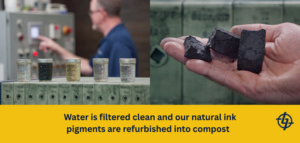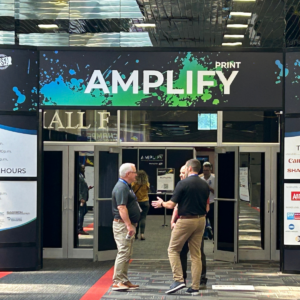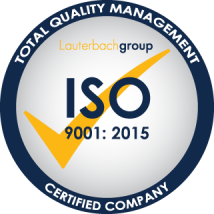Which is better, a liner made of PET or paper?
The tide is shifting and PET liners are being used more than ever for the material that our printed labels are affixed to. While PET (polyethylene terephthalate) liners are a byproduct of fossil fuel extraction and they require slightly more energy to produce, there are many advantages to using them over paper liners.
Economy
Compared to 40# paper, 1.2M PET is 48% thinner and 92 gauge PET is 60% thinner, allowing companies to put up to 21% and 27% more feet, respectively, on each 12″ OD roll. This then translates to less packaging and potentially less transportation cost and a smaller footprint in warehouses.
Production
PET statistically has fewer breaks than it’s cousin paper liner and it can be run on machines at faster speeds, increasing overall application machine up-time and decreasing overall time to package, which always equals a cost savings.
Environmental
Again, while the PET liners (like most plastics) are technically made from fossil fuels, they do use less water (37% less) and less trees (47% less) to produce compared to paper liners. PET production also outputs slightly less green house gases and creates less solid waste than paper.
If you are thinking about switching liners, need pricing or guidance through the process, contact us for more information via email or phone at 262-820-8100. As always, we can also provide samples to help you compare your options.






